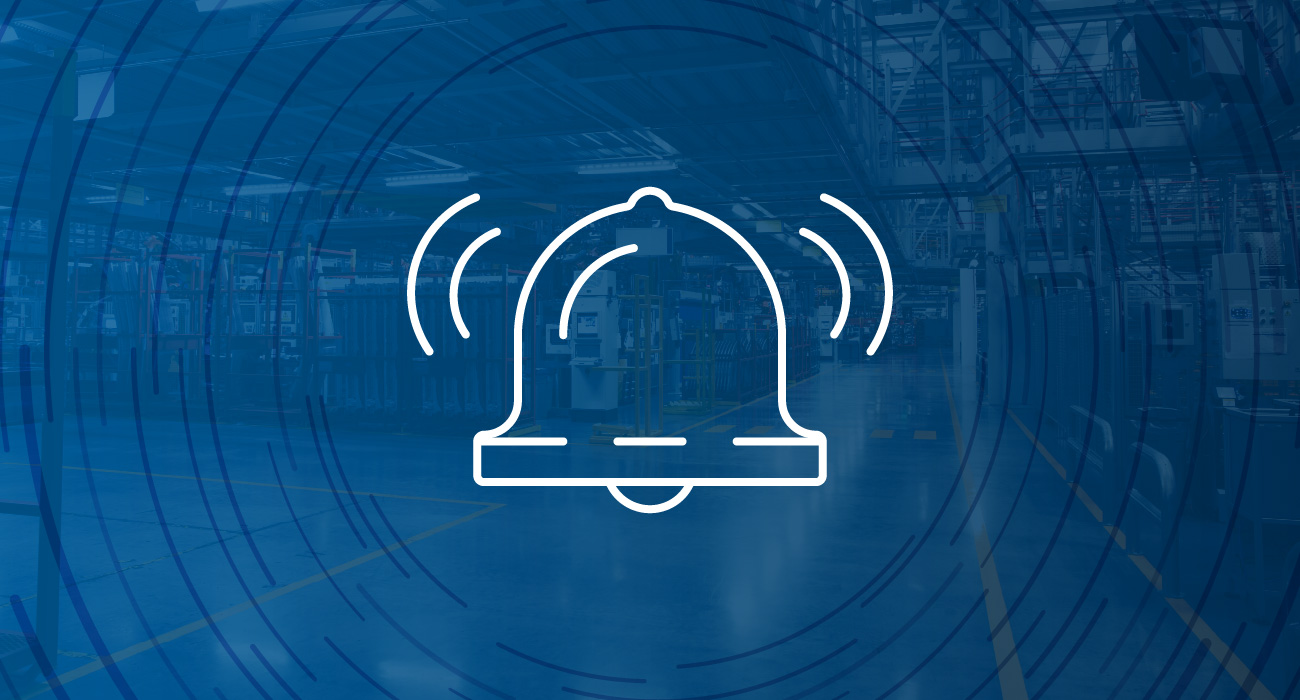6 Quick Ways to Optimize SCADA Alarming

As the world of automation continues to embrace Industry 4.0 technology and smart manufacturing, SCADA systems are becoming more and more complex. With added complexity comes more potential for processes or machinery to fall out of spec. Because of this, modern systems require constant monitoring while in operation, which is why having a well-maintained alarm system is so essential.
A proper alarm set-up not only ensures a system is running efficiently, it can also prevent issues that could cause downtime or worse. While it’s true that every facility is different, we’ve collected a few simple best practices to help optimize any SCADA alarming system.
1. Properly Define Your Alarms
Every alarming system starts with one basic question: What is an alarm? The single defining feature of an alarm is that it should always signify an abnormal event or condition, never simply confirm that processes are running normally. Think of it this way: Alarms shouldn’t be ignored. If you don’t need to worry about it, then it’s not an alarm.
2. Prioritize Alarms
Not all alarms are created equal! Some might warn about a problem that could derail an entire facility and need to be addressed immediately, while others are less time-sensitive. We recommend separating alarms into 5 priority levels: 0-Diagnostic, 1-Low, 2-Medium, 3-High, and 4-Critical. By categorizing alarms, operators can quickly diagnose the severity of each incident and act accordingly.
3. Shelving Alarms
Shelving is the middle ground between acknowledging or dismissing an alarm and leaving it active. Think of it as hitting the snooze button. Operators can still view shelved alarms as needed but they are temporarily hidden from the main view so operators can focus on more pertinent things.
4. On-Call Rosters
Sending notifications to operators who aren’t on-shift is never the best way to resolve a problem. Syncing alarm notifications with operator schedules guarantees a faster response and alleviates confusion as new operators take over.
5. Alarm Pipelines
Alarm pipelines provide a way to configure notification logic. Depending on how you set up your pipeline, you can determine who receives a notification and when, instead of sending an alarm to everyone. Here’s an example: An alarm goes off and notifies only on-shift operators 3 times with a 30-second delay between each notification. If no one acknowledges the alarm, then the pipeline escalates to notifying administrators (as a group or specific individuals). Once the alarm is acknowledged, the pipeline stops. Essentially, pipelines create a customized way to increase the effectiveness of alarm response.
6. Stay Connected
There are multiple ways to send out alarm notifications. Two-way email is a convenient, unobtrusive way to both receive and acknowledge alarms. However, in a more urgent situation, voice messaging could be the most appropriate option. For operators who use mobile devices, their preference might be SMS (AKA text messaging), since it is immediate and can be acknowledged easily while working on a loud plant floor.
Take the Next Step in Alarm Management
While the tips listed above are useful, having a robust SCADA software to manage your alarms is key to effectively running an automated facility. Industry professionals the world over are leveraging Ignition by Inductive Automation for their alarm management needs. Ignition’s intuitive design and easy installation make it perfect for developing an alarm system at any facility.
If you'd like to optimize your facility's alarming system, consider our alarm management solutions.
